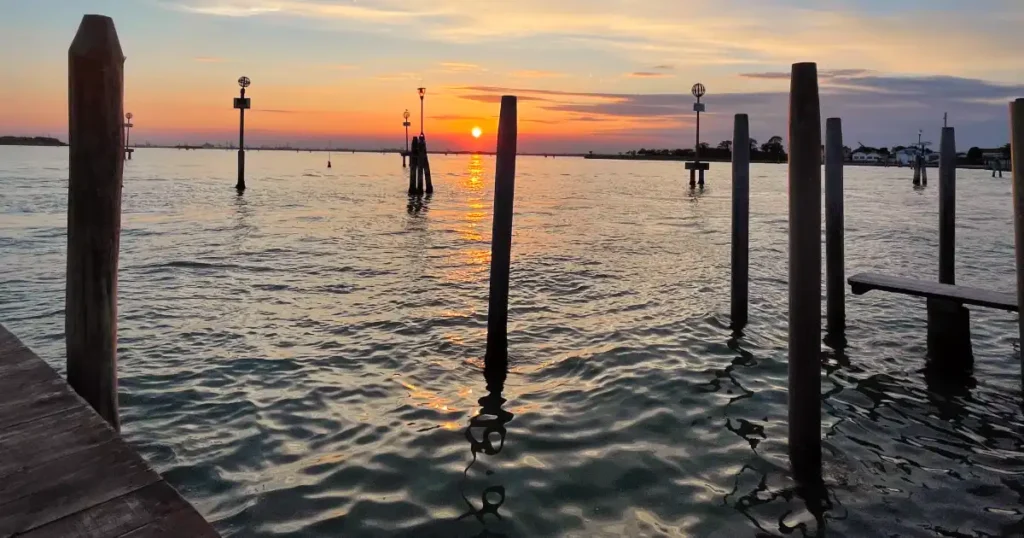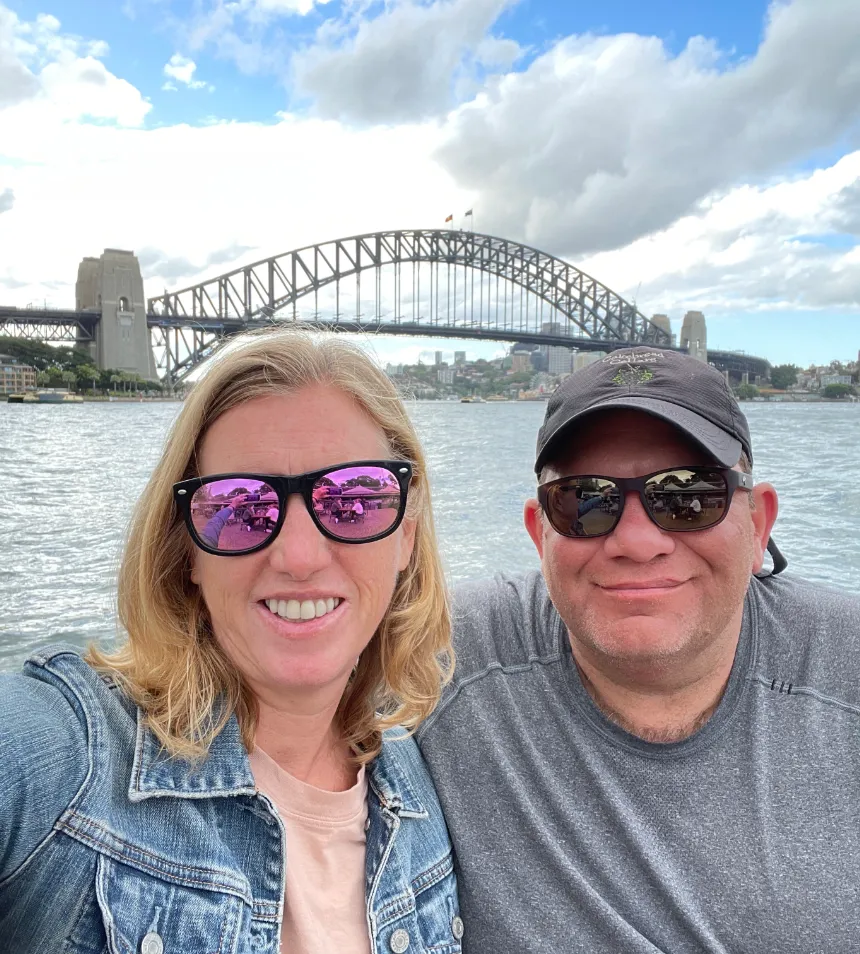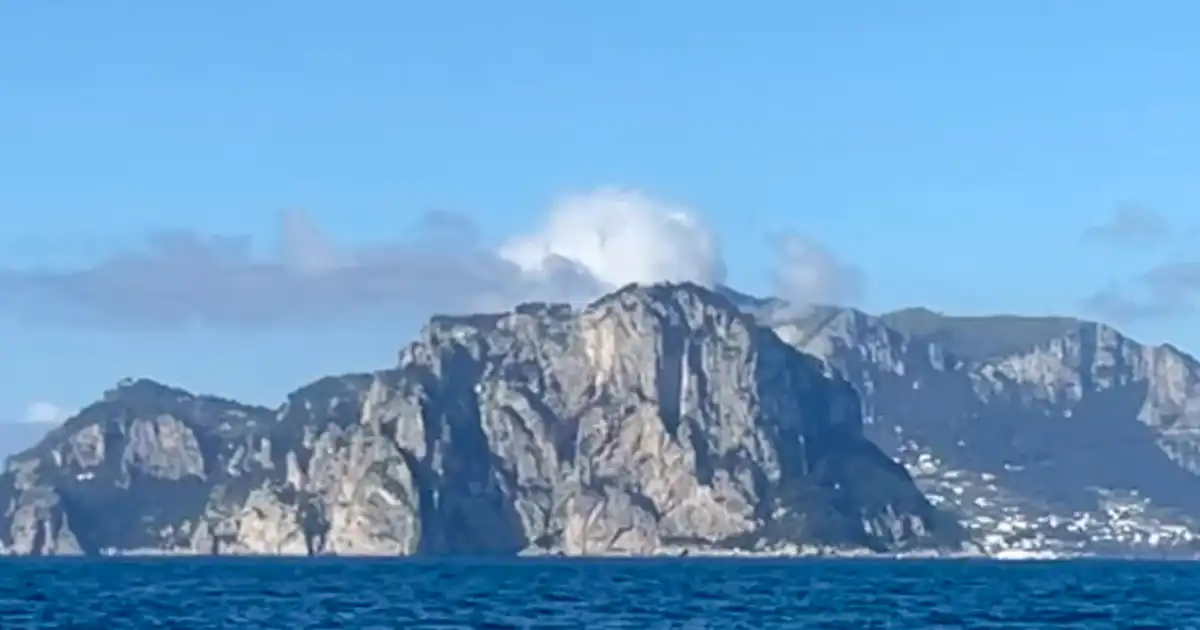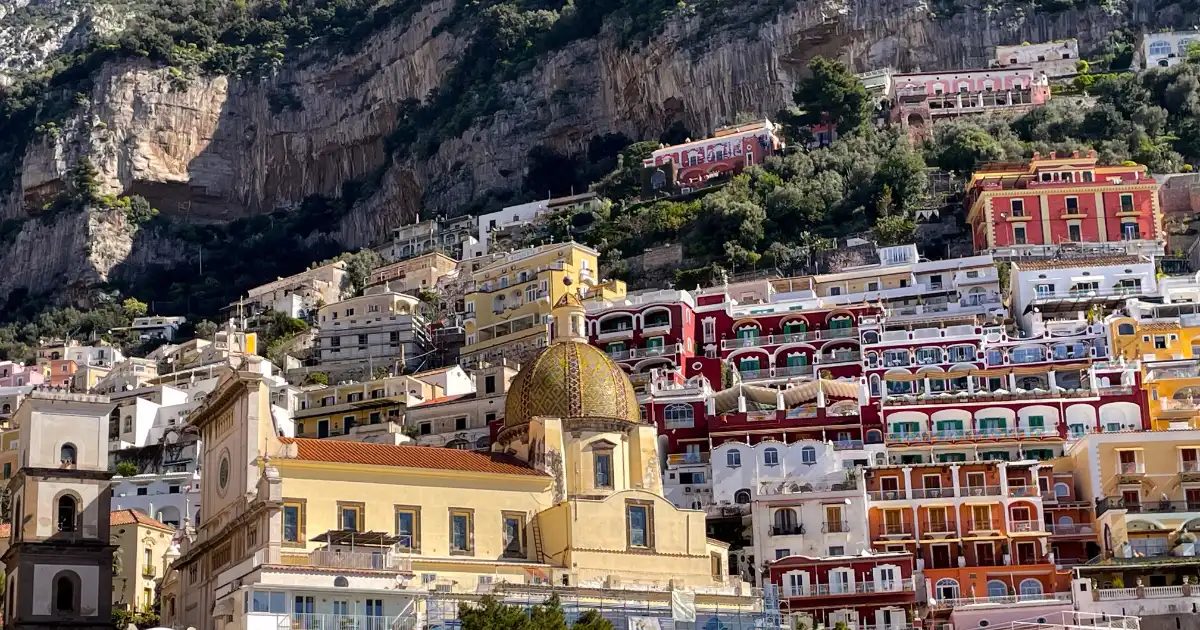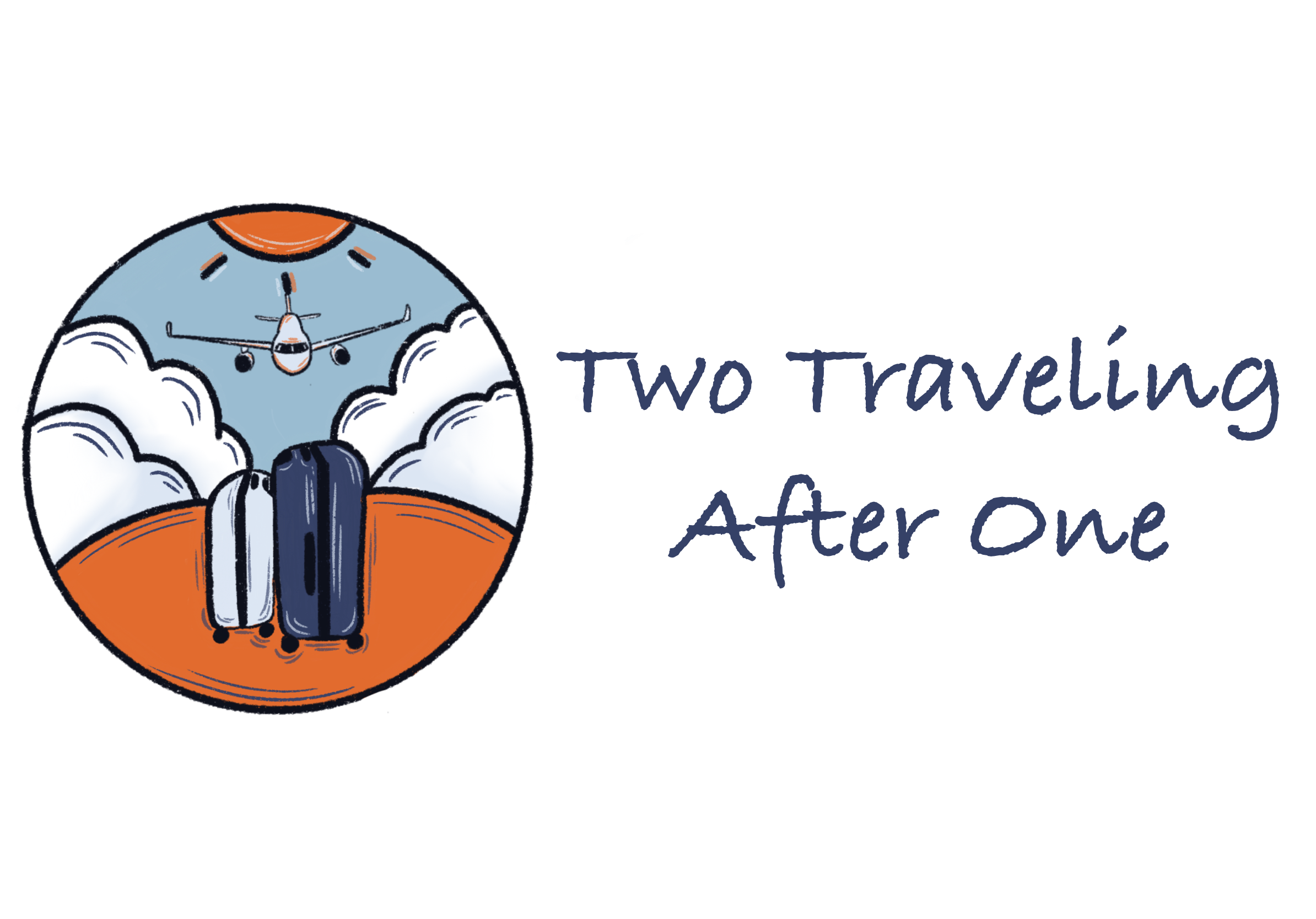Slow Travel Lifestyle Planning: 10 Practical First Steps (and How to Take Action Now)
Ever caught yourself daydreaming about waking up in a quiet village in Portugal, sipping your coffee beachside in Mexico, or grocery shopping at a bustling market in Thailand? That’s the beauty of slow travel planning and living in a place, not just passing through.
We’ve done it. We’re still doing it. And we believe more people, especially empty nesters, retirees, or anyone ready for a reset, can do it too.
However, it can feel overwhelming when you’re just starting. That’s why we’re sharing 10 practical first steps to plan a slow or nomadic travel lifestyle — plus the simple action you can take right now to start.
QUICK NOTE: This post contains affiliate links and Two Traveling After One may receive a commission for purchases made through these links, at no extra cost to you.
Table of Contents
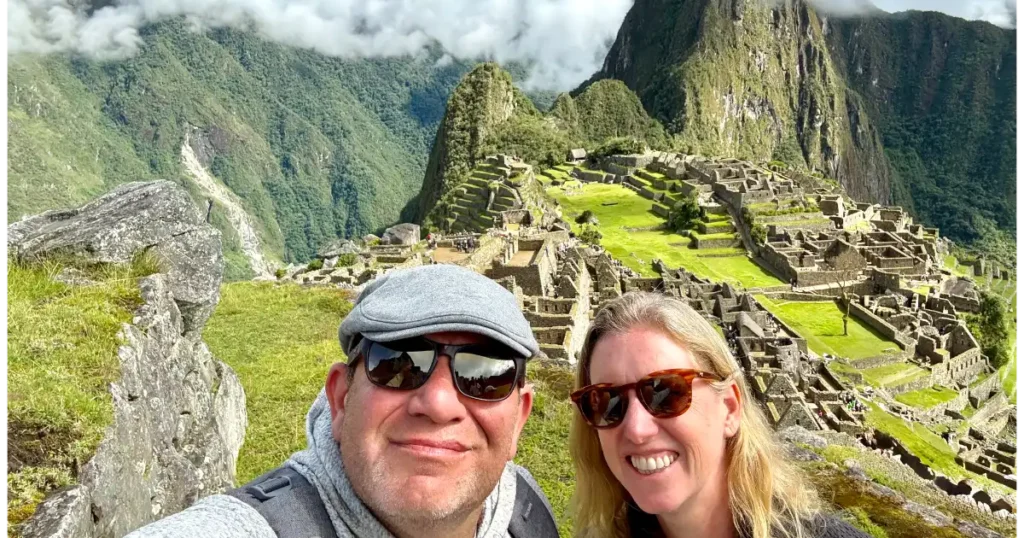
1. Define Your “Why”
Get clear on why you want to travel this way: retirement dream, life reset, cultural immersion, financial flexibility? Your “why” will guide your choices and help you stay grounded when things get uncertain.
Our Story: We started dreaming about slow travel when we realized we’d rather spend money on experiences and memories than on possessions and upkeep. That “why” still pulls us forward today.
First Step: Take 10 minutes to write down your “why.” Tape it to your fridge or laptop — you’ll need the reminder on the tough days.
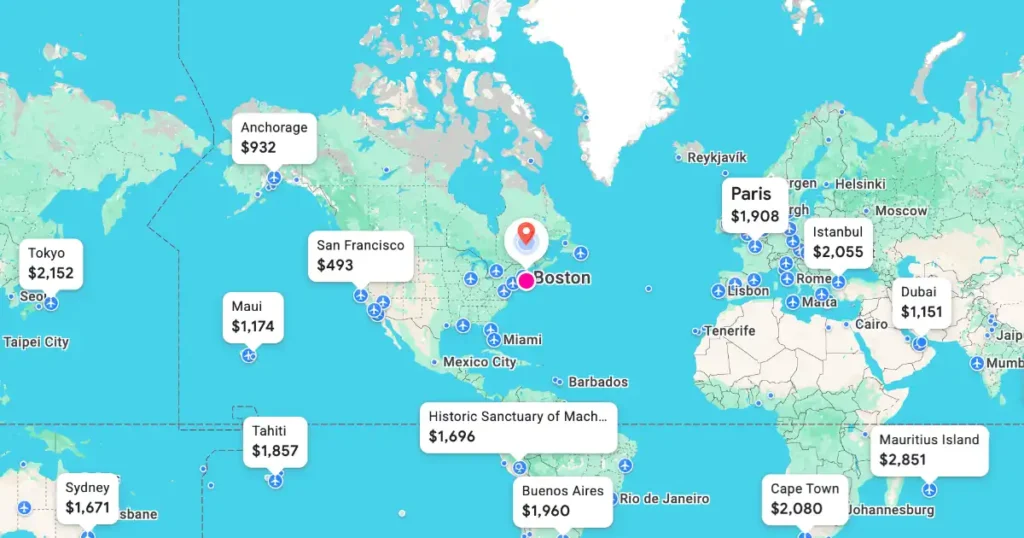
2. Test The Waters First
Before going full nomad, try an extended stay of 3–4 weeks somewhere using Airbnb or HomeExchange. Practice living out of a suitcase, working remotely (if needed), and managing day-to-day life in a new place.
Our Story: We spent our first six-month-long stays in Mexico, learning what we loved, what drove us nuts, and how to pack less the next time!
First Step: Pick one city or region you’d like to spend a month in. Start searching for rentals and block a trial run on your calendar, even if it’s a year from now.
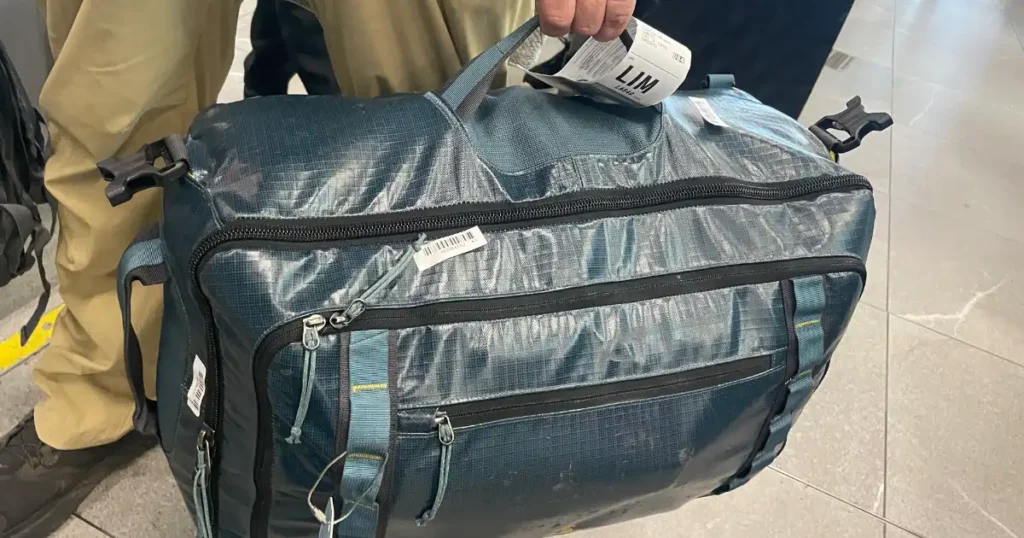
3. Downsize Your Stuff
Start decluttering early. Decide what to sell, donate, keep in long-term storage, or digitize. You’ll be surprised how freeing it feels to lighten your load, and how little you need.
What we wish we knew: We thought we’d miss all the “things.” We don’t. We remember the views, the meals, and the people, not the furniture.
First Step: Choose one closet to work on this week. Turn all of your hangers backwards, and as you wear items, turn the hanger around so that you can see what you are wearing and what you are not wearing over time.
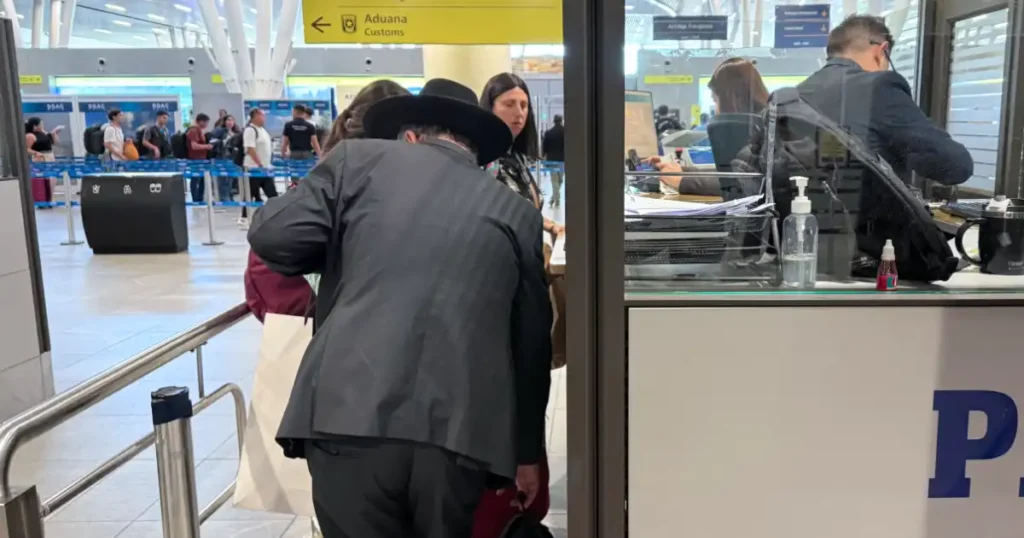
4. Research Visas and Entry Rules
Understand visa requirements, length-of-stay limits, and entry rules for your dream destinations. Schengen limits, visa runs, and long-stay options all shape your plan.
First Step: Pick two countries you dream of slow traveling in and research their visa requirements on Google. Write down max stay, any digital nomad visas, and costs. Use this information to understand how to:
✔ Avoid fines or bans for overstaying.
✔ Stay longer legally and stress-free.
✔ Find special visas for extended stays or remote work.
✔ Know when extensions or visa runs are needed.
✔ Save money by picking destinations with easy stays.

5. Know Your Budget and Spending Habits
Calculate your current monthly expenses and compare them to the average costs abroad. Slow travel can be surprisingly affordable, but only if you know your numbers.
Resource: We share a full budget breakdown for each of our adventures as we travel to a new city or country. You can find our latest Full Budget Breakdown blog post here
First Step: Track your spending for 30 days. See where your money goes now, then compare it to the cost of living in one target city.

6. Build a Flexible Itinerary
Plan regions and seasons, not rigid schedules. Staying flexible helps you take advantage of off-season deals, avoid bad weather, and settle in where you feel most comfortable.
First Step: Make a rough map of 3–5 dream places. Please note the ideal seasons and the duration you’d like to stay.
Advantages:
✔ Grab last-minute deals and discounts.
✔ Stay longer in places you love.
✔ Avoid burnout by moving at your own pace.
✔ Adjust plans for weather, events, or health.
✔ Take advantage of local recommendations and unexpected opportunities.
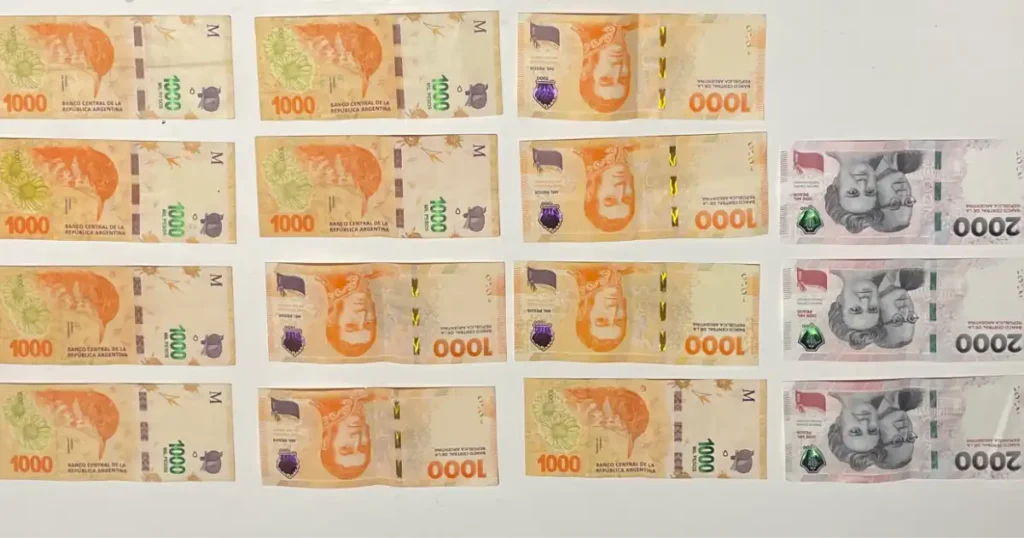
7. Set Up International-Friendly Finances
Use travel-friendly credit or debit cards, have backups, and become comfortable with online banking. Notify banks, reduce fees, and track spending in multiple currencies.
Our Tip: Charles Schwab and Wise have saved us hundreds in fees.
First Step: Research a debit card that refunds ATM fees or a credit card with no foreign transaction fees, and apply this month.
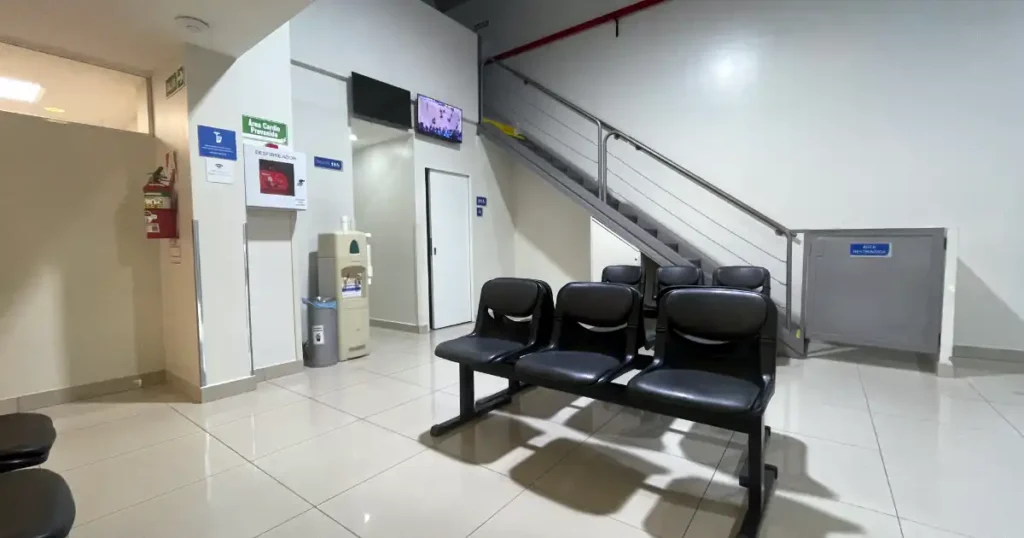
8. Prioritize Health and Insurance
Regular health insurance typically won’t suffice. Look for travel medical coverage that fits extended stays, prescriptions, and emergencies.
Resource: We shared a blog post about Navigating Travel Insurance Coverage versus International Health Insurance; you can read it here.
First Step: Read the above blog post. Make a folder of digital copies of your medical records and prescriptions.
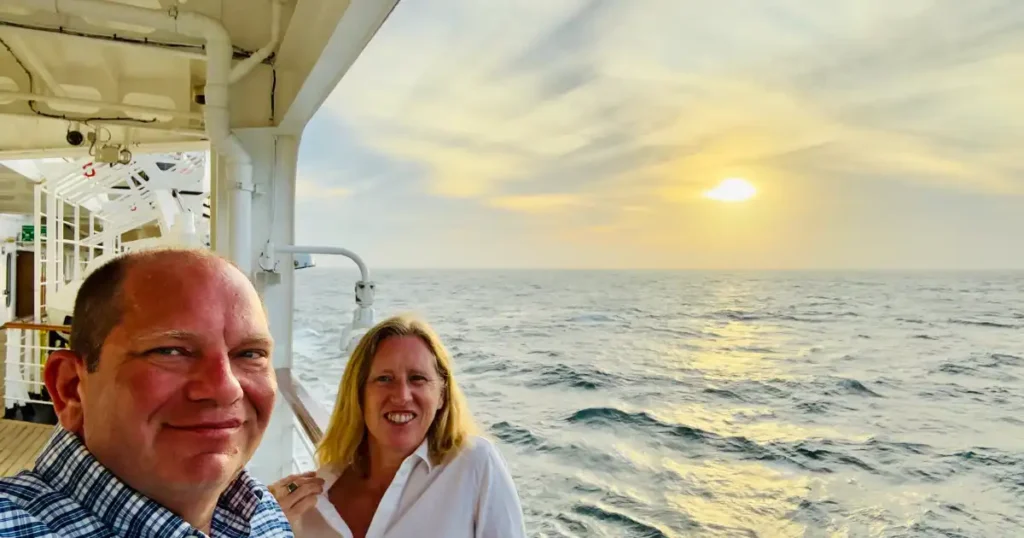
9. Decide on Communication Tools
Stay connected with a global phone setup, a VPN for added security, and tools for making calls and conducting banking verifications.
Resource: We shared a blog post about how we leverage major carriers in conjunction with eSIMs and even Cellular at Sea connectivity for cruisers, here.
First Step: Ensure your phone is unlocked for SIM cards. Consider installing an eSIM, such as Airalo or GigSky, before you travel.
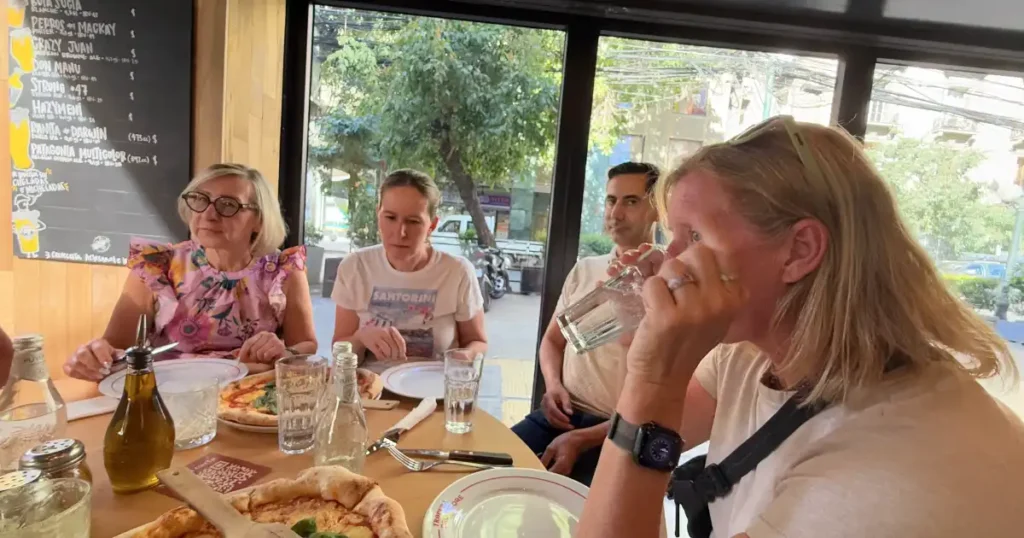
10. Build a Community
Nomad life doesn’t have to be lonely. Expats, locals, and fellow travelers can make a new place feel like home.
We’ve found some of our best local tips and made new friends through Facebook groups and meetups that we participate in or organize ourselves. Simply, join local Facebook groups for the places you plan to visit and post that you’re interested in connecting; you’ll have folks eager to connect and share tips.
First Step: Join a Facebook or Reddit group for like-minded people and other travelers in your target country. Ask one question, and watch how helpful people are.
What We Wish We Knew
- You’ll pack too much at first, everyone does.
- Moving too fast is exhausting; slow down more than you think.
- Community matters more than you imagine.
- Flexibility makes it all possible.
⚠️ Pitfall to Avoid
Trying to see too much too fast. It’s tempting to hop from country to country every week. Resist! One month per place gives you more profound experiences, lower costs, and less burnout.
FAQ's
What is slow travel, exactly?
Slow travel means spending more time in fewer places, focusing on more profound experiences, local culture, and a more sustainable pace, rather than rushing from one destination to the next.
How do I know if a slow travel lifestyle is right for me?
Ask yourself why you want to travel long-term. If you crave cultural immersion, flexibility, and meaningful connections instead of quick vacations, slow travel may be a great fit.
How much money do I need to start slow traveling?
It depends on your destinations, travel style, and pace. Many slow travelers spend less than they did living at home by choosing affordable stays, local food, and off-season rates.
Do I need special visas for slow travel?
Yes! Many countries limit tourist stays to 30–90 days. Research visa rules, long-stay permits, and digital nomad visas for your preferred destinations.
What should I pack for slow travel?
Pack light, versatile, and seasonally appropriate clothing. Focus on quality basics, you can mix and match. Think more about essentials than souvenirs!
How do I stay connected and manage mail while traveling?
Use travel-friendly banking, reliable Wi-Fi, cloud storage, and a virtual mailbox service for your physical mail. Apps and portable tech can keep you connected anywhere.
How do I stay healthy during long-term travel?
Get travel insurance that covers extended stays. Carry copies of your prescriptions and research local clinics. Also, establish good routines for rest and nutrition.
How can I meet people when slow traveling?
Stay in local rentals, join meetups, take language or cooking classes, or volunteer. Facebook groups and digital nomad communities are great too!
What are the biggest challenges of slow travel?
Visa limits, homesickness, budgeting, staying organized, and balancing routine with adventure. Planning and flexibility are key.
How do I start planning my own slow travel journey?
Start with your ‘why.’ Research your destinations, create a realistic budget, check visa requirements, and test your plan with a short trip before committing to a long-term plan.

